Paris has long been known as the fashion capital of the world, a meeting point for talented designers, luxury brands, and leading fashion trends. But few know that behind that glamour lies a turbulent history of formation and development, closely linked to French history, culture, and society. Let’s explore this fascinating journey with “Du lịch khắp thế gian,” from the lavish costumes of the aristocracy to the rise of world-renowned fashion houses.
The French fashion industry is not just about clothing; it is also a symbol of creativity, innovation, and unique cultural identity. It reflects social changes, evolving perceptions of beauty and style, and plays a crucial role in shaping global fashion trends. So, what has made French fashion’s special status?
The Origins of French Fashion: The Lavish Display of the Aristocracy
The history of French fashion began in the 17th century, during the reign of King Louis XIV (1643-1715), known as the “Sun King.” A lover of luxury, Louis XIV transformed the Palace of Versailles into a symbol of wealth and power, while also promoting the development of the domestic textile industry. He encouraged the import and production of high-quality fabrics, turning France into a center for exporting high-quality textiles.
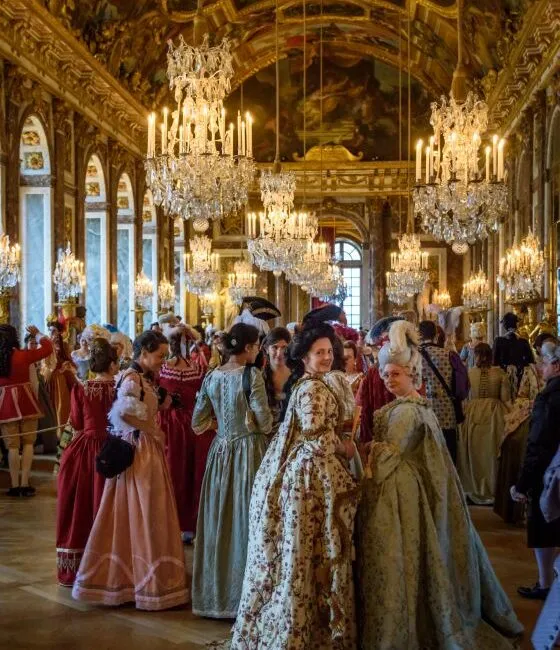
Throughout the 18th century, fashion became a tool to display wealth and social status. Women’s clothing, especially among the upper classes, was meticulously designed with expensive materials such as silk, tulle, and velvet, along with intricate embroidery. The saying “Women should be seen and not heard” fueled the development of the French fashion industry, making it one of the leading industries in the world.
Throughout the 18th century, the main purpose of fashion was to show off one’s wealth. Women’s fashion reflected their status and position in the upper classes of the time.
In the 19th century, Charles Frederick Worth, an English designer, opened the first French fashion house in Paris. He is considered the father of Haute Couture, contributing to consolidating France’s position as a leading fashion center in the world. The birth of Haute Couture boosted the production of high-end fabrics and opened up many opportunities for talented designers.
Revolution in French Fashion: The Rise of Pioneering Designers
The early 20th century witnessed a revolution in the French fashion industry, with the emergence of pioneering designers who dared to break old rules and prejudices. Paul Poiret was one of them. He abandoned the restrictive corset, bringing women freedom in clothing. Although Poiret’s ideas were not immediately widely accepted, they paved the way for other designers to continue innovating.
In 1901, Poiret introduced the kimono coat tailored from black wool, marking a breakthrough in his career. In 1903, he established his own Haute Couture fashion house and quickly became famous, known as “Le Magnifique” by the French and “King of Fashion” by the Americans. Poiret’s designs focused on comfort and naturalness, with soft curves and pleats like ripples.

Elsa Schiaparelli, an Italian designer living in Paris, was also influenced by Poiret. She continued to develop the idea of freedom in clothing, while adding her own unique personal style. Schiaparelli is known as one of the first designers to develop the wrap dress in 1930 and use zippers as a decorative item.
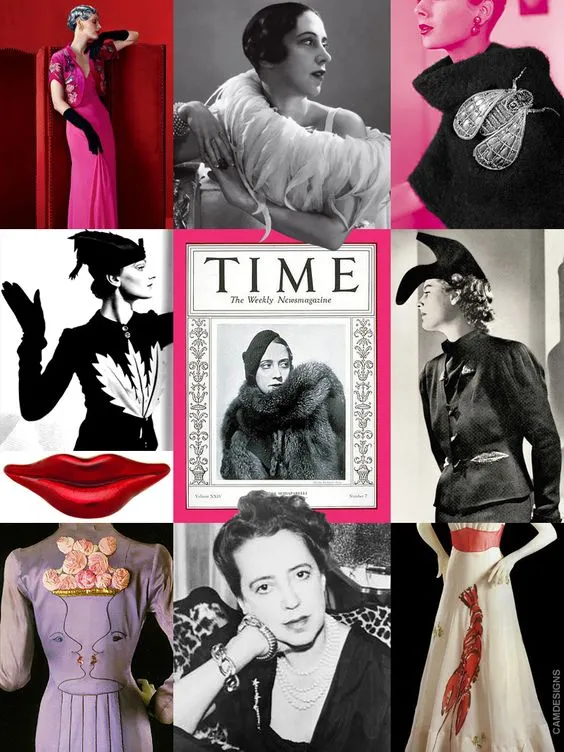
Widespread Influence of Renowned French Fashion Houses
Chanel: A Symbol of Timeless Elegance
Coco Chanel, the founder of the Chanel fashion house, is one of the most influential figures in fashion history. She revolutionized the fashion industry by creating comfortable, loose, and free designs, going against traditional restrictive clothing. Chanel was also the first to use jersey fabric, a fabric commonly used for men’s underwear, to create dresses for women, causing much controversy at the time.
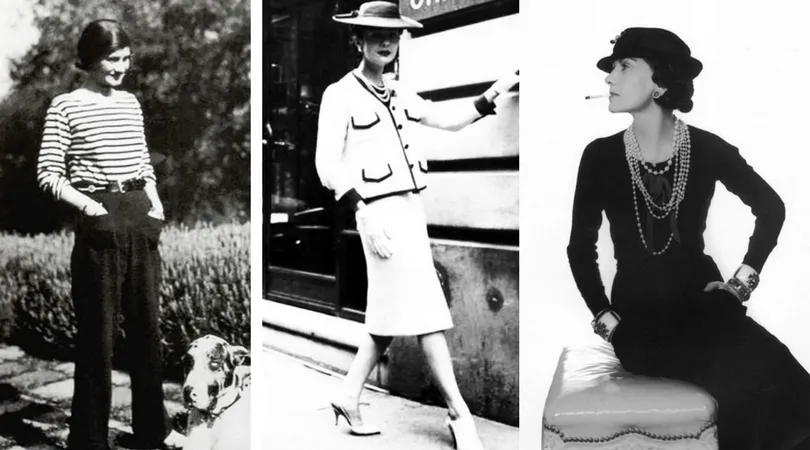
However, World War II caused major difficulties for the French fashion industry, forcing many fashion houses, including Chanel, to close. The decline of French fashion created opportunities for American designers to rise, but after the war, French fashion quickly recovered and continued to assert its leading position.
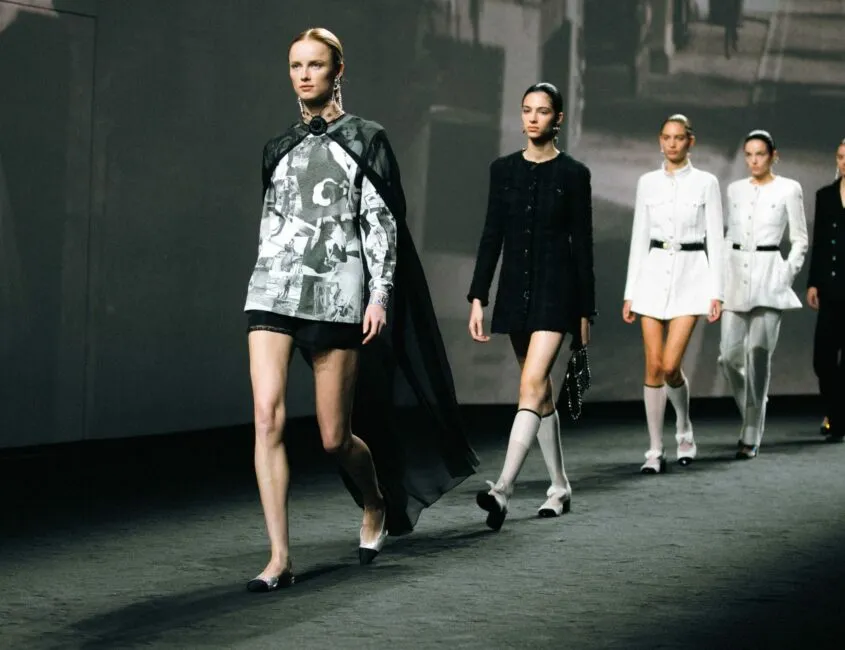
Dior: The Revival of Haute Couture
After the war, Christian Dior brought a breath of fresh air to the French fashion industry with his “New Look.” Dior’s designs were characterized by a fitted waist and an A-line skirt that reached mid-calf, creating a glamorous hourglass figure. Although initially criticized for using too much fabric and reviving the corset, Dior’s “New Look” quickly became popular and helped boost post-war optimism.
Dior once declared, “Europe has had enough of bombs; now it wants fireworks,” expressing his desire to bring beauty and optimism to the world through fashion.
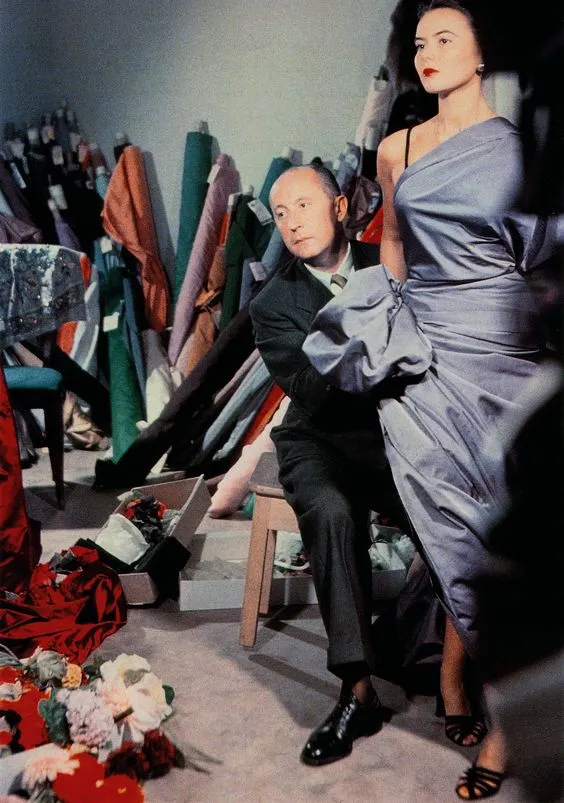
Givenchy: Refinement and Elegance
Givenchy, in collaboration with fashion icon Audrey Hepburn, recreated Chanel’s little black dress (LBD), giving it a fresh and sophisticated style. In 1957, Givenchy launched the “Sack dress” design, a loose-fitting dress that did not hug the body, creating a revolution in women’s silhouettes.
In the 1960s, French fashion faced fierce competition from the youth fashion movement in London, England, with bolder and more sensual designs. However, French fashion houses quickly adapted and continued to assert their position in the international market.
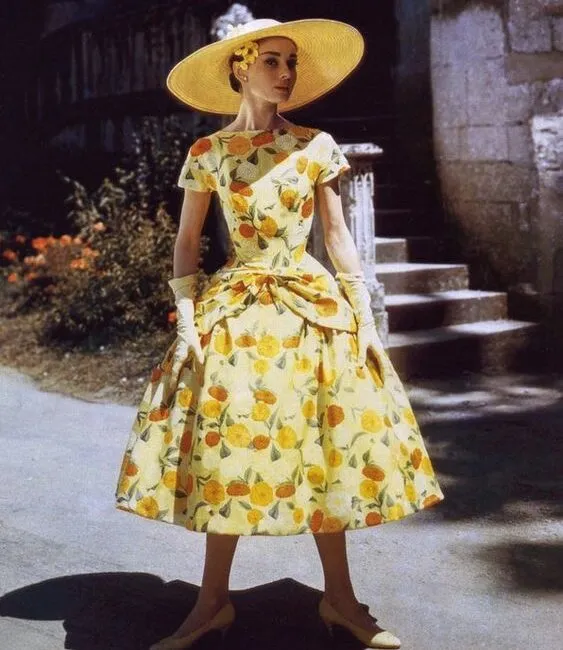
Saint Laurent: Breakthrough and Modernity
Yves Saint Laurent, nicknamed “the wonder boy,” helped Paris regain its fashion crown in the late 1960s. His debut collection “Trapeze” impressed with designs that were not too body-hugging but still very elegant and practical.
In 1965, Saint Laurent introduced the Mondrian collection, inspired by the paintings of Piet Mondrian. In 1966, he brought the tuxedo jacket into women’s wardrobes, creating a luxurious and iconic tuxedo suit. Saint Laurent was also the first to introduce ready-to-wear clothing, a significant step that made Haute Couture more accessible to the public.

Balenciaga: Challenging the Rules
Balenciaga, since opening its first store in 1917, has been known for challenging social and stylistic rules. While Christian Dior opted for the hourglass silhouette, Cristóbal Balenciaga went against the grain, creating designs with special shapes, including high fashion coats and chemise dresses. Balenciaga’s designs are highly appreciated by fashion enthusiasts for their comfort and luxury.

Louis Vuitton: A Symbol of Luxury and Class
Louis Vuitton, one of the oldest fashion houses in France, started not with clothing or shoes, but with floating trunks made from Trianon canvas. In 1858, founder Louis Vuitton introduced these trunks, causing a great sensation and laying the foundation for the brand’s development. Years later, Louis Vuitton’s son, Georges, took over and expanded into fashion, creating iconic bags. Today, Louis Vuitton is a giant in the global fashion industry.
Celine: Minimalism and Modernity
Celine, founded in 1945 by Celine Vipiana, is known for refining classic fashion styles, especially under the leadership of creative directors Phoebe Philo and Hedi Slimane. Celine’s designs offer a sense of minimalism, modernity, and luxury, attracting many young and stylish women.

In addition to the brands mentioned above, there are many other fashion houses originating from France, such as Lanvin, Balmain, Chloe, Hermes, Mugler, Isabel Marant, Sandro… All contribute to the diversity and richness of French fashion.
Conclusion
The history of the French fashion industry is a long and fascinating journey, from the lavish display of the aristocracy to the rise of world-renowned fashion houses. French fashion houses have thrived thanks to innovation, creativity, and the ability to adapt to social changes. They are constantly seeking new solutions to meet the needs and desires of customers while maintaining their unique cultural identity. French fashion is not just about clothing, but also about art, culture, and lifestyle. That is why Paris has always been the fashion capital of the world and a dream destination for fashion lovers. What do you think about this fascinating journey of development? Share your thoughts in the comments below!